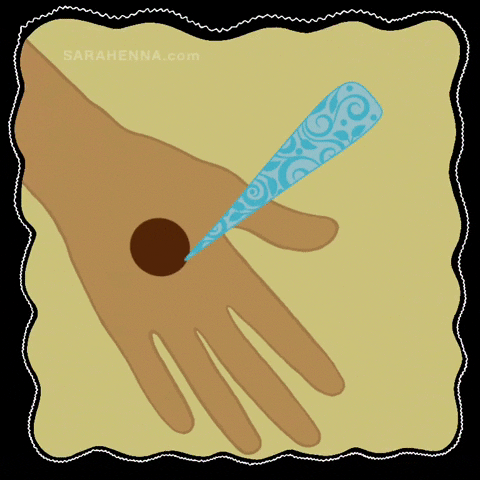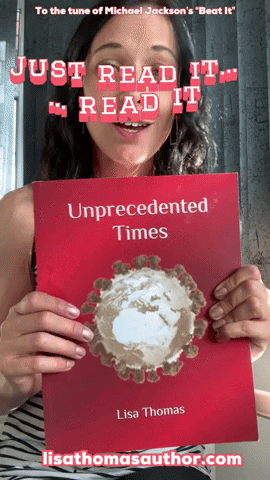Book Review: "The Henna Artist" by Alka Joshi
4/5 stars
*Spoiler alert!*
“Independence changed everything. Independence changed nothing. Eight years after the British left, we now had free government schools, running water and paved roads. But Jaipur still felt the same to me as it had ten years ago, the first time I stepped oot on its dusty soil.”
The Henna Artist by Alka Joshi tells the story of a woman coming into her own just as India is making the transition from colonial possession to independent nation.
Taking place primarily in Jaipur, India, in 1955, we follow our protagonist, Lakshmi, whose name references the Hindu goddess of wealth, as she caters to rich patrons by doing their henna art. Her dream is to live an independent existence and prosper in her very own home in Jaipur, and to share the prosperity with her parents. She is nearing completion of her house and is intensely focused on making enough income to pay back the debt from the home construction.
“So when it came time to design the floor of my house, I created a pattern as complex as the henna I had painted on those women’s bodies, delighting in the knowledge that its meaning was known only to me.
The saffron flowers represented sterility. Incapable of producing seed as I had proved incapable of producing children. The Ashoka lion, the icon of our new Republic, a symbol of my ambition. I wanted more, always, for what my hands could accomplish, what my wits could achieve—more than my parents had thought possible.”
Lakshmi is a complicated character, but one that is easy to root for. She is a self-made woman who is trying to make an independent living, having spent thirteen years in Jaipur building a rich clientele who demand her numerous services, such as henna, but also homemade remedies and lotions, and even contraceptive mixtures.
The way to attract this clientele is her wit and discretion and learning how to deal with the insults thrown her way by her various clients, like Parvati Singh. (Parvati becomes an avatar of the larger frustration many feel about the wealthy exploiting the lower classes with little accountability for their actions.)
“Parvati, like my other ladies, said things to me she would never have said to one of her peers. I was childless, and therefore, a subject of pity, someone to whom my ladies could feel superior. At thirty, I was neither a foolish girl or a gossipy matron. My ladies had long assumed my husband had abandoned me—an assumption I’d taken no trouble to contradict.”
When an unknown sister shows up at her doorstep, the spirited Radha, Lakshmi finds herself scrambling to manage the impacts of her arrival on her thriving henna operation. At thirteen, Radha is amidst the transition to adolescence, and is trying to find herself at a moment when India is trying to figure out its direction in the world (ah, what wonderful symbolism Joshi creates between a newly independent India and quickly changing times in the lives of two Indian women).
“Thirteen years ago, my only desire was to get as far as possible from the husband my parents had relinquished me to. I would never have imagined that I would, one day, be free to come and go as I pleased, to negotiate the terms of my life.”
Lakshmi finds herself wanting to live not just for herself, but for her sister as well. While Lakshmi may find it difficult to express to Radha how much she loves her, she does love her, and will do anything to see that Radha has a better life than she did. She wants her to get educated and to see the world. So, there is even more pressure on her to sustain her business when a scandal involving Parvati’s son and Radha threatens to undo it all.
“Parvati! I’d served her. Pampered her. Fawned over her. I’d handled Radha’s pregnancy as delicately as possible for the benefit of her family and mine. I hadn’t created a scene. I hadn’t demanded money. After all that, she was telling lies about me? In retaliation for my sister’s--and Ravi’s, don’t forget!--folly! Her son was as much to blame—more, since he was older. But Parvati was taking it out on me.
It was so unfair! I tried to hold back my tears, but I failed...I’ve worked so hard, I wanted to tell Mrs. Sharma. I followed their rules. Swallowed their insults. Ignored their slights. Dodged their husbands’ wandering hands. Haven’t I been punished enough?”
The Henna Artist is an immersive, poignant, and humorous look at two sisters navigating together newly independent India. I cannot recommend it enough, especially for people who enjoy historical fiction!
Happy reading!
--BookOwl






Comments
Post a Comment